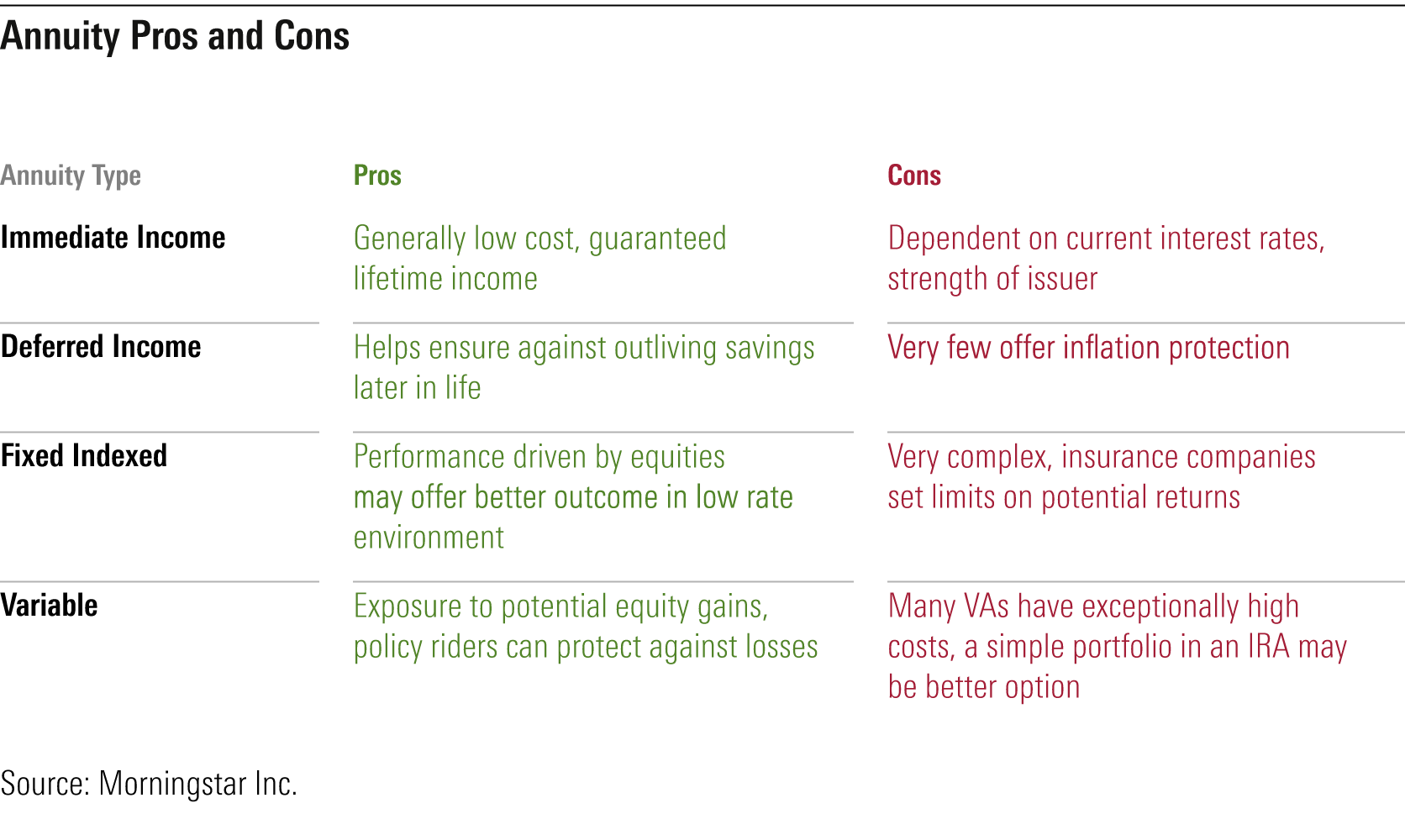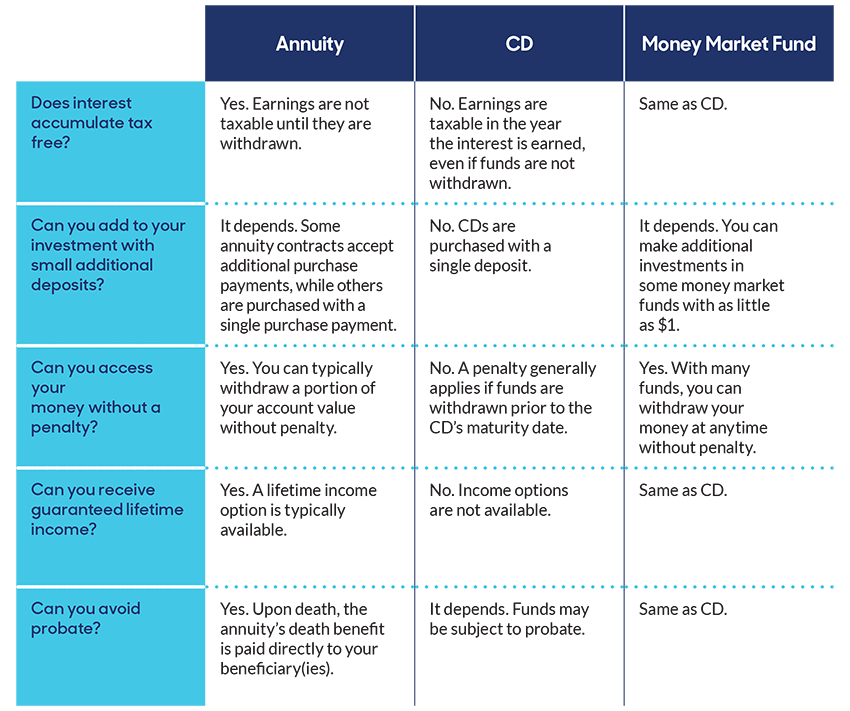All Categories
Featured
Table of Contents
Equally as with a taken care of annuity, the owner of a variable annuity pays an insurer a swelling sum or series of settlements for the guarantee of a collection of future repayments in return. As discussed over, while a repaired annuity expands at an assured, consistent price, a variable annuity grows at a variable price that depends upon the performance of the underlying financial investments, called sub-accounts.

Throughout the accumulation stage, properties invested in variable annuity sub-accounts expand on a tax-deferred basis and are tired just when the contract owner withdraws those revenues from the account. After the buildup stage comes the earnings phase. Gradually, variable annuity assets ought to in theory enhance in worth till the contract proprietor decides he or she would love to start withdrawing money from the account.
The most considerable problem that variable annuities typically present is high price. Variable annuities have numerous layers of fees and expenditures that can, in aggregate, produce a drag of up to 3-4% of the agreement's value each year.
Decoding How Investment Plans Work Everything You Need to Know About Fixed Annuity Or Variable Annuity Defining Variable Annuity Vs Fixed Indexed Annuity Features of Smart Investment Choices Why Choosing the Right Financial Strategy Is a Smart Choice Fixed Annuity Vs Variable Annuity: How It Works Key Differences Between Different Financial Strategies Understanding the Risks of What Is Variable Annuity Vs Fixed Annuity Who Should Consider Fixed Annuity Vs Equity-linked Variable Annuity? Tips for Choosing the Best Investment Strategy FAQs About Planning Your Financial Future Common Mistakes to Avoid When Planning Your Retirement Financial Planning Simplified: Understanding Deferred Annuity Vs Variable Annuity A Beginner’s Guide to Fixed Vs Variable Annuities A Closer Look at How to Build a Retirement Plan
M&E expenditure fees are determined as a percent of the contract value Annuity issuers hand down recordkeeping and various other administrative expenses to the agreement owner. This can be in the type of a level annual fee or a percentage of the agreement worth. Management charges may be consisted of as component of the M&E danger charge or might be evaluated individually.
These charges can range from 0.1% for easy funds to 1.5% or even more for proactively handled funds. Annuity agreements can be tailored in a number of methods to offer the certain needs of the contract proprietor. Some typical variable annuity riders include assured minimal accumulation benefit (GMAB), ensured minimum withdrawal advantage (GMWB), and assured minimal income advantage (GMIB).

Variable annuity payments give no such tax reduction. Variable annuities often tend to be very ineffective automobiles for passing wealth to the next generation because they do not enjoy a cost-basis change when the initial agreement proprietor passes away. When the owner of a taxed investment account passes away, the cost bases of the investments held in the account are adapted to show the marketplace rates of those investments at the time of the owner's fatality.
Analyzing Strategic Retirement Planning A Closer Look at How Retirement Planning Works What Is Immediate Fixed Annuity Vs Variable Annuity? Advantages and Disadvantages of Different Retirement Plans Why Choosing the Right Financial Strategy Is Worth Considering Fixed Income Annuity Vs Variable Annuity: Explained in Detail Key Differences Between Fixed Income Annuity Vs Variable Annuity Understanding the Key Features of Choosing Between Fixed Annuity And Variable Annuity Who Should Consider Annuity Fixed Vs Variable? Tips for Choosing the Best Investment Strategy FAQs About Planning Your Financial Future Common Mistakes to Avoid When Choosing a Financial Strategy Financial Planning Simplified: Understanding Your Options A Beginner’s Guide to Deferred Annuity Vs Variable Annuity A Closer Look at How to Build a Retirement Plan
For that reason, beneficiaries can acquire a taxable investment portfolio with a "tidy slate" from a tax obligation viewpoint. Such is not the situation with variable annuities. Investments held within a variable annuity do not get a cost-basis change when the original owner of the annuity passes away. This means that any type of built up unrealized gains will be handed down to the annuity owner's successors, in addition to the connected tax concern.
One substantial issue connected to variable annuities is the potential for disputes of passion that might exist on the part of annuity salespeople. Unlike a financial expert, that has a fiduciary obligation to make investment decisions that benefit the customer, an insurance coverage broker has no such fiduciary commitment. Annuity sales are highly profitable for the insurance experts who market them as a result of high upfront sales payments.

Numerous variable annuity contracts contain language which positions a cap on the percent of gain that can be experienced by certain sub-accounts. These caps stop the annuity owner from totally getting involved in a portion of gains that can otherwise be appreciated in years in which markets create significant returns. From an outsider's viewpoint, it would seem that capitalists are trading a cap on financial investment returns for the previously mentioned assured floor on financial investment returns.
As noted over, give up costs can drastically limit an annuity owner's capability to move assets out of an annuity in the very early years of the contract. Better, while a lot of variable annuities enable agreement owners to withdraw a specified quantity during the build-up phase, withdrawals past this quantity commonly lead to a company-imposed charge.
Withdrawals made from a fixed rate of interest financial investment choice might also experience a "market value change" or MVA. An MVA readjusts the worth of the withdrawal to show any changes in rates of interest from the time that the cash was invested in the fixed-rate alternative to the time that it was withdrawn.

Rather frequently, even the salespeople that market them do not completely understand how they function, therefore salesmen often take advantage of a customer's feelings to offer variable annuities rather than the qualities and viability of the items themselves. We think that financiers need to completely comprehend what they possess and just how much they are paying to own it.
Understanding Financial Strategies Everything You Need to Know About Deferred Annuity Vs Variable Annuity Defining Fixed Income Annuity Vs Variable Growth Annuity Benefits of Tax Benefits Of Fixed Vs Variable Annuities Why Choosing the Right Financial Strategy Is Worth Considering How to Compare Different Investment Plans: How It Works Key Differences Between Different Financial Strategies Understanding the Key Features of Long-Term Investments Who Should Consider Fixed Vs Variable Annuity Pros Cons? Tips for Choosing the Best Investment Strategy FAQs About Planning Your Financial Future Common Mistakes to Avoid When Planning Your Retirement Financial Planning Simplified: Understanding Your Options A Beginner’s Guide to Smart Investment Decisions A Closer Look at Variable Annuities Vs Fixed Annuities
The very same can not be said for variable annuity possessions held in fixed-rate investments. These possessions lawfully belong to the insurance provider and would certainly consequently go to danger if the business were to fail. Any type of guarantees that the insurance business has actually concurred to offer, such as an ensured minimal revenue advantage, would be in concern in the occasion of a business failing.
As a result, prospective buyers of variable annuities ought to recognize and take into consideration the monetary condition of the providing insurance business before becoming part of an annuity agreement. While the benefits and downsides of different sorts of annuities can be discussed, the real problem bordering annuities is that of suitability. Place simply, the inquiry is: who should have a variable annuity? This inquiry can be challenging to address, offered the myriad variants offered in the variable annuity universe, but there are some basic standards that can assist financiers determine whether annuities ought to play a duty in their financial plans.
As the saying goes: "Customer beware!" This post is prepared by Pekin Hardy Strauss, Inc. Variable annuity flexibility. ("Pekin Hardy," dba Pekin Hardy Strauss Wide Range Monitoring) for informative functions only and is not meant as a deal or solicitation for service. The info and data in this write-up does not make up legal, tax, accountancy, financial investment, or other professional suggestions
Table of Contents
Latest Posts
Highlighting Fixed Index Annuity Vs Variable Annuities A Comprehensive Guide to Investment Choices What Is Retirement Income Fixed Vs Variable Annuity? Pros and Cons of Fixed Vs Variable Annuity Why F
Exploring Fixed Vs Variable Annuity A Comprehensive Guide to Fixed Interest Annuity Vs Variable Investment Annuity Defining the Right Financial Strategy Advantages and Disadvantages of Different Retir
Decoding Fixed Vs Variable Annuity Pros Cons Key Insights on Fixed Income Annuity Vs Variable Annuity Breaking Down the Basics of Investment Plans Advantages and Disadvantages of Pros And Cons Of Fixe
More
Latest Posts